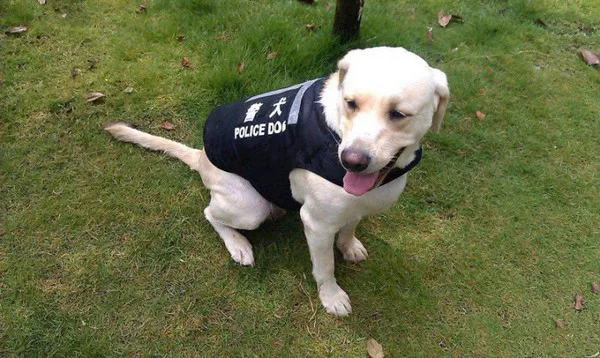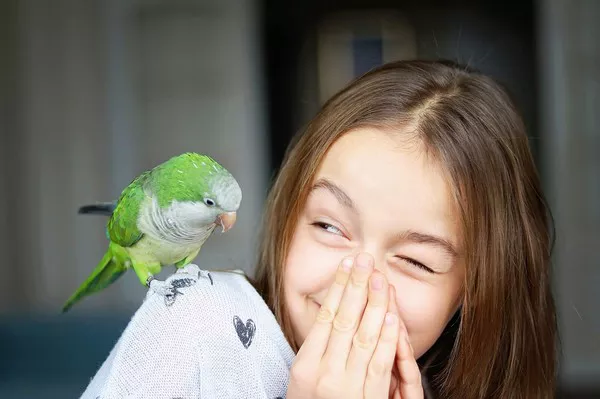Bringing a Labradoodle puppy into your home is an exciting experience. These intelligent and friendly dogs make wonderful companions. However, one of the first challenges you’ll face as a new Labradoodle owner is house training your puppy. Effective house training is essential for a harmonious relationship with your furry friend. In this comprehensive guide, we will walk you through the process of house training a Labradoodle puppy step by step.
Understand the Basics of House Training
Before you start the house training process, it’s essential to understand the fundamentals:
Patience is Key: House training takes time and consistency. Be patient with your puppy and yourself throughout the process.
Consistent Routine: Establish a consistent daily routine for feeding, bathroom breaks, playtime, and rest. Puppies thrive on predictability.
Positive Reinforcement: Use positive reinforcement techniques such as treats, praise, and affection to reward your puppy for good behavior.
Supervision: Keep a close eye on your puppy when they are indoors to prevent accidents.
Accidents Happen: Understand that accidents will occur, especially in the early stages of training. React calmly and avoid punishment.
Prepare Your Home
Before bringing your Labradoodle puppy home, make sure your living space is ready for house training:
Puppy-Proofing: Remove hazards and valuable items that your puppy might chew on or destroy.
Designate a Bathroom Area: Choose a specific outdoor spot where you want your puppy to relieve themselves. This will help create consistency.
Supplies: Gather essential supplies, including a leash, collar, treats, and cleaning supplies for accidents.
Establish a Feeding Schedule
A consistent feeding schedule is the foundation of successful house training:
Set Meal Times: Feed your Labradoodle puppy at specific times each day, ideally three to four meals for young puppies and two meals for older ones.
Monitor Water Intake: Control access to water, especially in the evening to reduce nighttime accidents.
Regular Bathroom Breaks: Take your puppy outside to the designated bathroom area shortly after eating, drinking, playing, or waking up from a nap.
Use Crate Training
Crate training is a valuable tool for house training Labradoodle puppies:
Choose the Right Crate: Select a crate that is appropriate for your puppy’s size. It should be just big enough for them to stand, turn around, and lie down comfortably.
Positive Associations: Make the crate a pleasant place by placing treats and toys inside. Avoid using it for punishment.
Gradual Introduction: Introduce your puppy to the crate gradually, allowing them to explore it at their own pace.
Scheduled Crate Time: Use the crate when you cannot supervise your puppy to prevent accidents. Puppies have a natural instinct to keep their sleeping area clean.
Regular Potty Breaks: Ensure your puppy has regular bathroom breaks even when using the crate. Avoid leaving them in the crate for extended periods.
Recognize Signs of Needing to Go
Understanding your puppy’s cues is crucial for successful house training:
Sniffing and Circling: Watch for signs like sniffing the ground or circling, which often indicate that your puppy needs to go.
Whining or Restlessness: If your puppy appears restless or starts whining, it may be a sign they need to relieve themselves.
Sudden Stops in Play: If your puppy abruptly stops playing or exploring and seems distracted, it’s time for a bathroom break.
Timing: Young puppies may need to go out every 30 minutes to an hour, while older puppies can hold it for longer.
Reinforce Positive Behavior
Positive reinforcement is the most effective method for house training:
Immediate Praise: As soon as your puppy finishes their business in the designated area, offer immediate praise and a treat.
Use a Command: Pair a command like “Go potty” with the act of them relieving themselves. This helps them associate the command with the action.
Consistency: Be consistent in your praise and rewards. Your puppy will learn faster when they know what to expect.
Handle Accidents Gracefully
Accidents are a part of the house training process:
React Calmly: If you catch your puppy in the act of having an accident, clap your hands to startle them gently and then take them outside immediately.
Clean Thoroughly: Use an enzymatic cleaner to eliminate odors and discourage repeat accidents in the same spot.
Don’t Punish: Avoid scolding or punishing your puppy for accidents. It can create fear and hinder the training process.
Gradually Extend Freedom
As your Labradoodle puppy progresses, you can gradually extend their freedom:
Supervised Play: Allow supervised playtime in other areas of the house once your puppy consistently uses the designated bathroom area.
Decrease Crate Time: As your puppy demonstrates reliable house training, decrease the amount of time they spend in the crate.
Monitor Progress: Keep a close eye on your puppy’s behavior to ensure they continue to follow the house training routine.
Stay Consistent
Consistency is the key to successful house training:
Stick to the Routine: Maintain a consistent feeding, bathroom, and play schedule.
Everyone’s Involved: Ensure that everyone in the household follows the same house training guidelines.
Adjust as Needed: Be prepared to adjust the routine based on your puppy’s age and progress.
Be Patient and Positive
House training a Labradoodle puppy requires patience and a positive attitude:
Celebrate Small Wins: Celebrate each successful bathroom break and milestone in the training process.
Stay Positive: Keep a positive attitude even when facing challenges. Remember that your puppy is learning.
Conclusion
House training a Labradoodle puppy is a rewarding but sometimes challenging process. By following the steps outlined in this comprehensive guide and prioritizing patience, consistency, and positive reinforcement, you can successfully teach your furry friend where and when to go. With time and dedication, your Labradoodle will become a well-trained and housebroken member of your family.
Recommended reading:

























